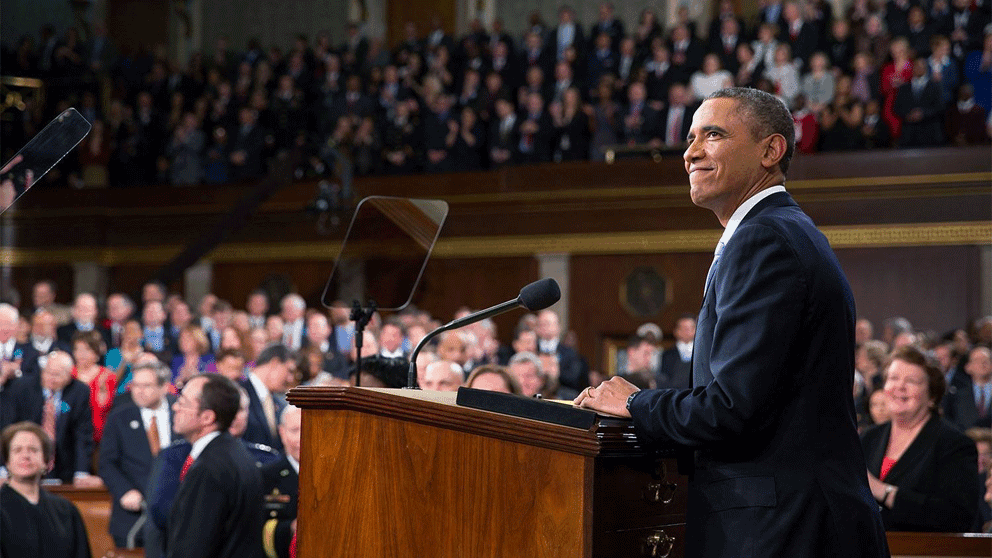
During his 2015 State of the Union Address, President Obama announced the launch of his Precision Medicine Initiative, which calls for $215 million in funding to revolutionize medical treatment in the United States.
“I want the country that eliminated polio and mapped the human genome to lead a new era of medicine – one that delivers the right treatment at the right time,” says Obama.
This “new era” is that of precision (also referred to as personalized) medicine. At a time now when genomic sequencing is becoming more affordable, the high-reaching initiative has a multi-pronged vision.
During a later speech at the NIH, Obama outlined his four main steps for the Initiative:
• First of all, it seeks to focus on oncology for the near-term by coordinating with the National Cancer Institute (NCI) to pinpoint how genetic factors can lead to cancer. This will involve analyzing as many cancer genomes as possible and establishing a way to digitally record and share information with doctors and scientists across the globe. ($70 million to NCI)
• Secondly, the FDA will help assess new genetic tests to ensure that only the safest technology is approved for widespread implementation: “The way we approve a new gene-sequencing technology is going to be different than the way we approve a new pacemaker or prosthetic device. And we need to make sure that our approach reflects the difference in technology.” ($10 million to FDA)
• Thirdly, and perhaps most ambitiously, the Initiative plans to gather biological and behavioral data from at least one million volunteers in a national study of America’s health habits. In a New England Journal of Medicine perspective article, NIH Director Dr. Francis S. Collins and former NCI Director Dr. Harold Varmus wrote that information from a research population of this size “...will enable better assessment of disease risk, understanding of disease mechanisms, and prediction of optimal therapy for many more diseases, with the goal of expanding the benefits of precision medicine into myriad aspects of health and health care.” ($130 million to NIH)
• Finally, throughout the program, patient privacy will be prioritized and protected. Obama made the point of inviting patients’ rights advocates to his speech at the NIH to demonstrate his commitment to harnessing new technologies in a responsible way from day one. ($5 million to the Office of the National Coordinator for Health Information Technology)
The White House Fact Sheet for Obama’s Precision Medicine Initiative includes the additional objective of fostering public-private partnerships in order to achieve its ends. It plans to rely on the work of researchers, the private sector, foundations, academic medical centers, etc. as a springboard for the Initiative, as well as their cooperation for promoting it in 2016.
Naturally, many obstacles face any program with as many moving parts as the largely scoped Precision Medicine Initiative. The success of precision medicine hugely depends on navigating the domains of a variety of stakeholders, from those involved in its scientific or clinical facets to those working on regulations or invested in marketing. It will require an enormous amount of understanding and cooperation across industries to make Obama’s objectives a reality – and he is willing to hold the United States responsible for the Precision Medicine Initiative’s realization in the future.
“We want to have a nation in which the accidents and circumstances of our birth aren't determining our fate, and therefore [for those] born with a particular disease or a particular genetic makeup that makes us more vulnerable to something; that that's not our destiny, that's not our fate – that we can remake it,” concludes Obama.